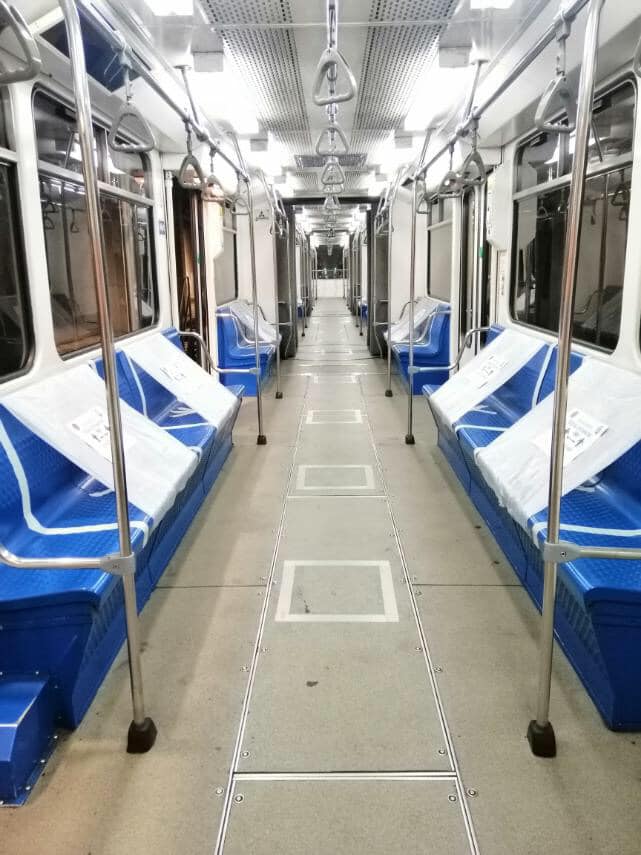MANILA, Philippines — As public transportation in general community quarantine (GCQ) areas is set to resume under a limited capacity, commuters can expect the MRT-3 line to have more trains that will also run faster starting June 1.
“Dahilan sa nagawa na ho namin yung ibang mga rail replacement, mae-experience niyo na ho sa ang tren sa ibang bahagi na 40 kilometers per hour,” Department of Transportation (DOTr) Secretary Arthur Tugade said in an online press briefing, adding that previously, MRT-3 trains usually run between 25 to 30 kilometers per hour.
(Because of the rail replacements that we did, commuters will experience that the train in some areas will run at 40 kilometers per hour.)
Tugade added that 19 trains will run on the MRT-3 line as its maintenance provider, Sumitomo Corporation has approved the use of the three Dalian trains.
The LRT-1 line meanwhile will dispatch run 28 trains, while the LRT-2 line will only dispatch five trains.
The MRT-3, LRT-1, and the LRT-2 lines, however, will only operate at only 12 to 14 percent of its actual capacity during the GCQ.
Meanwhile, the Philippine National Railway (PNR) will be operating at from 25 to 30 percent of its capacity, with eight trains to be deployed.
“Ang lahat ho ng tren na gagamitin ay bago, ito ho yung mga bagong tren na nakuha natin sa Indonesia, at lahat ho ay magbabaybay sa Lunes,” Tugade said
(All trains to be used are brand new. These are the ones that came from Indonesia, and all of these will run starting Monday.)
Previously, the DOTr said the resumption of public transportation in GCQ areas will be done in two phases.
From June 1 to 21, trains and bus augmentation, taxis, transport network vehicle services (TNVS), shuttle services, point-to-point buses, and bicycles will be allowed to operate but with limited passenger capacity.
For Phase 2 from June 22 to 30, public utility buses (PUBs), modern public utility vehicles (PUVs), and UV Express will be permitted to operate with limited passenger capacity, along with the initial set of transport modes that were allowed to run under Phase 1.
